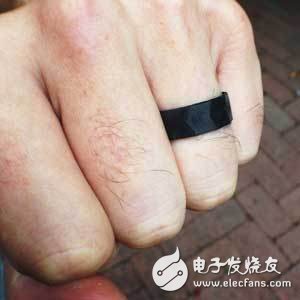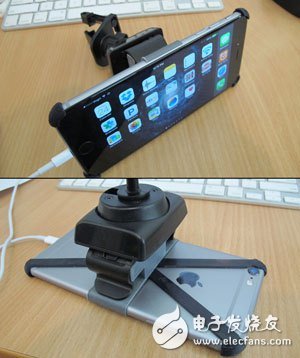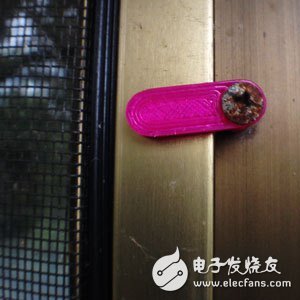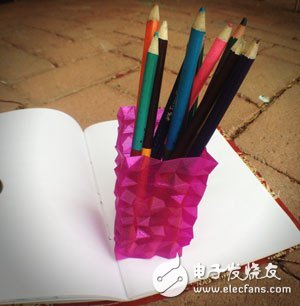One of the questions that 3D printing enthusiasts just getting started often ask is: Which material is better for ABS than PLA. The answer lies in understanding the differences in the properties of the two materials and knowing which products are more suitable for what kind of situation. First, ABS material First we look at ABS. ABS (formerly known as acrylonitrile-butadiene-styrene copolymer) is the ancestor of household fused deposition (FDM) wire. temperature: The printing temperature of this material is 210 to 240 ° C, and the temperature of the heating plate is 80 ° C or higher. The glass transition temperature of ABS (the temperature at which this plastic begins to soften) is 105 °C. Print performance: In terms of the nature of the material, ABS plastic is fairly easy to print from a hot end point of view. No matter what kind of extruder is used, the material will be smoothly extruded without fear of clogging or solidification. However, the steps after the squeeze are a bit difficult. This material has the property of being cold-shrinked and will be partially detached from the heating plate and suspended, causing problems. In addition, if the printed object is very tall, sometimes the entire layer is peeled off. Therefore, ABS printing must not have fewer heating plates. In addition, I also recommend that you use a closed printer, at least not in the room where the room temperature is too low, causing the material to cool and cause shrinkage. ABS can print very fast, and it can also set the instrument to increase the speed of the withdrawal. Since the problem of spinning is very rare, it is usually enough to just take a little back. strength: As long as the film is printed at the proper temperature and the layer material is firmly adhered, the strength of the ABS becomes quite high. ABS is soft and will only bend and will not break even under pressure. odor: The biggest drawback of ABS is that it produces a strong odor when printed. Although many people don't mind this, some people may feel uncomfortable after printing ABS wire in a poorly ventilated room. Regardless of the material, I recommend that you print in a well ventilated room. This is especially true when using ABS. "I don't know, I smell it!" This is the motto of 3D printer technicians in the 1930s - well, this is actually what I just made. Applicable scene: ABS is suitable for making items that may fall, be used in high temperature environments, or be used in a rude manner. Like a handle, a car rack, a mobile phone case, a toy, a wedding ring (I mean black ABS products). In short, almost everything works. Not applicable scenario: A disadvantage of this material is that printers without a heating plate cannot print. If you want to print large objects without the windshield and temperature-resistant equipment, you must be careful not to let the entire layer peel off and break. In addition, it is best not to use ABS when the room is poorly ventilated, because the smell will make people feel uncomfortable. Second, PLA materials PLA (usually referred to as polylactic acid) and ABS with a sweet smell are difficult brothers. This material is a biodegradable plastic that smells like candy when printed. If this is not enough to attract you, please continue to read it. temperature: This material has a printing temperature of 180 to 200 °C. Although the heating plate is not a must-have item, I still recommend using it at 60 °C. The glass transition temperature of PLA is also the biggest disadvantage of this material, only about 60 ° C (this has scientific value), so it has limited use and is not suitable for the gear shifting head of the car. If you like to hold the Gummy Bear, it's a different matter, but it's not a good idea. Print performance: PLA is almost the opposite of ABS and often blocks the hot end (especially the all-metal hot end). This is because the PLA is easily attached and stretched after melting. But this does not mean that PLA is not suitable for printing. As long as the bearing is installed, a drop of oil is applied to the hot end, which can be smoothed and not blocked, and printed in a sweet aroma for a long time. The real fun of the PLA is the time to put it on the printboard. This material hardly shrinks, and even an open printer can print huge objects without worrying that the finished product is suspended, skewed or broken from the board. This material is suitable for 3D printing in public places on the ground. This material also has a pleasant smell. strength: Although PLA can also print objects of relatively high strength, it is slightly weaker than other plastics. If you drop or hit something, you will often have a gap or break, and will not bounce back. Thin places are easy to break before bending. As soon as it is printed properly, each layer of material will stick quite firmly. odor: I don't recommend that you deliberately inhale the smell that the PLA emits (if you say this,), but if you happen to smell the smell of this material, you will be surprised. Every day when I use PLA to print, my office will smell good and I will be hungry. Although the smell is weak, it is very pleasant. Applicable scene: I suggest that you can use it whenever you want. PLA is a biodegradable plastic that can be recycled and decayed, making it suitable for making boxes, gifts, models and prototype parts. Yes, this can also be used in outdoor topics. Although the PLA is said to be biodegradable, it does not decompose without heating and has water resistance. Therefore, it is okay to be a garden gnome made of PLA. Not applicable scenario: PLA is not suitable for placement in things above 60 ° C. Such temperatures can cause deformation of the material. In addition, this material is fragile and cannot be used to make tool handles or parts that can be dropped many times. Furthermore, PLA can be broken as long as it is slightly bent, and it is not suitable for making thin things. in conclusion: Both ABS and PLA have suitable uses. In short, it is right to learn how to use it. I will use it as much as possible because PLA is a biodegradable material. This material is easy to print and has a pleasant smell. However, if you are striving for collision and heat resistance, it is best to choose ABS.
E-cig as a substitute of tobacco mainly reminds people of its potential benefits for health. Four ingredients contain in the e-liquid : propylene glycol, glycerin vegetable, nicotine and food grade essence. Nevertheless, smoke from cigarette contains carbon monoxide, tar, arsenic, ammonia, and many other cyanide and acetone.
Advantage
Wax Device Oem,Thc Wax Device Oem,Marijuana Wax Device Oem,High Cost Performance Wax Device Shenzhen MASON VAP Technology Co., Ltd. , https://www.cbdvapefactory.com




September 17, 2024